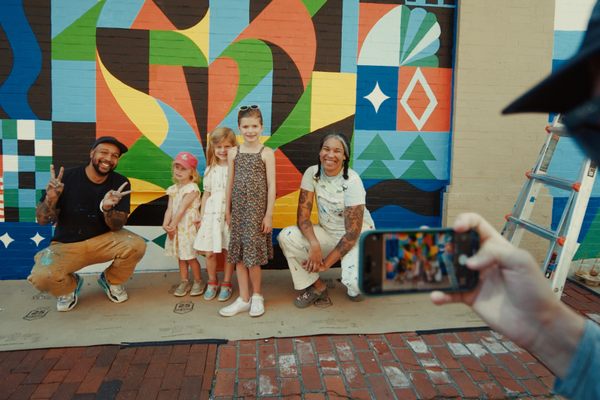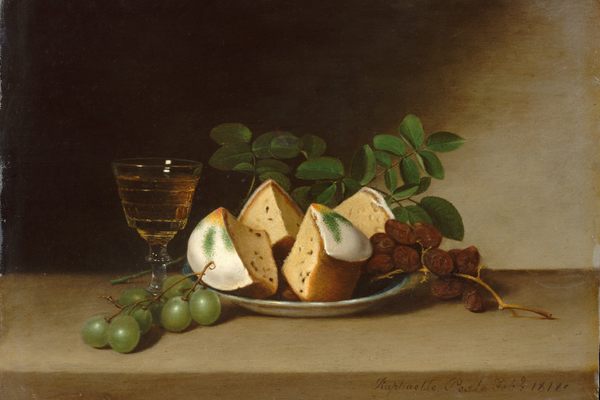Primal Rhythm: Six Continents, Six New Sacred Sites for the Future
Mariko Mori, “Journey to Seven Light Bay, Primal Rhythm” (2011), still from digital video (courtesy of Faou Foundation, New York)
The winter solstice has been seen as a time of rebirth for centuries. From the neolithic Stonehenge in Great Britain to the Hopewellian Marietta Earthworks in Ohio in the United States, ancient archaeological sites have been found to align with this yearly moment when the sun is at its lowest on the horizon. Japanese artist Mariko Mori is creating modern versions of these celestial sites.
The “Sun Pillar” installed in Seven Light Bay (courtesy of Faou Foundation, New York)
This year’s winter solstice in the Northern Hemisphere falls on December 21, and the first phase of Mori’s Primal Rhythm project is ready to greet the 2013 occurrence from a small island in Japan. Mori’s ambitious plan for Primal Rhythm is to have six permanent installations at six landscapes of natural beauty on the six habitable continents. Through the Faou Foundation, a nonprofit she set up in 2010, she started the project in a tranquil bay on the Japanese island of Miyako. “Faou” is a word that Mori coined to mean “eternal light.” This initial phase is currently explored in the exhibition Rebirth: Recent Work by Mariko Mori on view at the Japan Society in New York.
Photograph of the “Sun Pillar” in Seven Light Bay (courtesy of Faou Foundation, New York)
Much of Mori’s art in the 1990s focused on the futuristic cyber aesthetic of Japan, and while this public art doesn’t have the same manic manga tone, it’s still focused on the future. Here it’s the fusion of technology with the ancient history of our interaction with the stars. In the Seven Light Bay on Miyako, she installed a “Sun Pillar” that was unveiled with a performance ceremony for the 2011 winter solstice on December 22. The pillar is made from layered acrylic with different hues in this form that gives it an otherworldly pearlescent tone.
The “Sun Pillar” in Seven Light Bay on the winter solstice (courtesy of Faou Foundation, New York)
She went to great lengths to be sure it did not interfere with the natural setting and she also worked with the local community which is now engaged in preserving this new monolith. The second phase of the Seven Light Bay installation is a 10-foot in diameter “Moon Stone” lit with LEDs that shift from red at low tide to blue at high, and will soon be anchored in the water. On the winter solstice, the pillar will cast a shadow that directly strikes the floating orb, like a sundial on the sea. The project was inspired by ancient Jōmon culture in Japan where the shape of the sphere and the pillar recurred at archaeological sites that also responded to the winter solstice.
Mariko Mori, “Ring” (2012), Lucite, 48 x 2.4 inches (Courtesy of Faou Foundation, New York)
The next installation is planned for Brazil, where Mori is working with the government and conservation groups to install a lucite ethereal ring over a waterfall. Like at Seven Light Bay, it’s aimed to be a dialogue rather than an intervention with the natural space, creating a lasting human interaction that brings our attention to the place’s beauty, and a new sacred site for the future.
“Ring” installed in the Japan Society (photograph by the author)
Here is Mori’s video on the Seven Light Bay project:
More on Mariko Mori’s “Primal Rhythm” project can be explored in the Rebirth: Recent Work by Mariko Mori exhibition on view at the Japan Society in New York through January 12, 2014.























Follow us on Twitter to get the latest on the world's hidden wonders.
Like us on Facebook to get the latest on the world's hidden wonders.
Follow us on Twitter Like us on Facebook